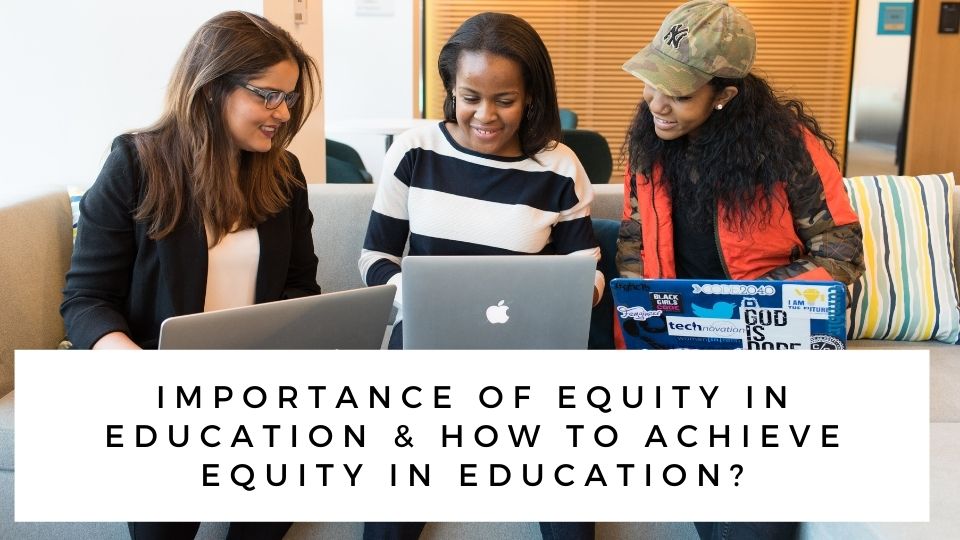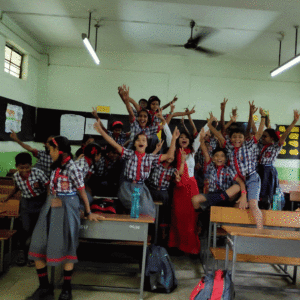Literacy Facts
The progress of any nation depends on literacy. India had a literacy rate of 5.4% in 1901, with 9.8% men and 0.6% women being literate. With such a low rate and disparity in education status among sexes, the country’s progress did not seem favourable. As the country gained independence, the importance of equity in education was felt, and it was realized that a conscious effort is needed to achieve equity in education. The country has moved a long way to understand the importance of education equity and carrying the torch of literacy forward.
In another hundred years, the country moved up to stand with a literacy rate of 64.83% in 2001 – men 75.26% and women 53.67%. The progress has been good, but the disparity remained. The population had moved from 23.83 crores to 107.5 crores in these hundred years. The time had come when steps should be taken to improve the situation.
Right to Education (RTE)
The government of India, taking a seminal decision, gave the country the Right to Education (RTE) in the Act of the Parliament of India enacted on 4 August 2009. Thus, the Right to Education Act (RTE) came into being describing the modalities of the importance of free and compulsory education for children who are lying from 6 and 14 years of age. This was under Article 21a of the Indian Constitution. With this coming into force, India became one of the 135 countries where education is a fundamental right of every child. The Act came into force on 1 April 2010 and has been live since.
Importance of Equity in Education
In the succeeding decade ten years, sufficient progress has been made. The pending census would show the results. However, with Kerala estimated at 96.2% literacy, having earned a fully literate status, the disparity has also been reduced further. The Act also specifies minimum norms to be followed in elementary schools for providing education. The Act requires that all private schools keep a reserve of 25% of seats for children. The state takes up to reimburse the expenditure incurred. For this, the state governments have come up with many plans that promote the public-private partnership.
Also Check – What Are the Different Types Of Educational Technology
The norms of government are followed for admission to private schools. These guidelines are based on economic status or caste-based reservations as required by it. The Act has also put a stop to all unrecognized schools from practice. Provisions have been made such that no donation or capitation fees may be charged from students during admission. The practice of interview the child or parent for admission has also been put to an end. The Act also provides that no child shall be held back, expelled, or required to pass a board examination before completing the required elementary education. There are further provisions in the RTE Act to give special training to school drop-outs. This can help in lifting them to bring them at par with students of the same age.
Achieve Equity in Education
The RTE Act seeks to identify children requiring education. This requires a framework of taking up surveys is put in place. Through such monitoring of all the surrounding areas and neighborhoods that are likely to have children but in compromising situations so that they are unable to go to educational institutions, it promotes setting up schooling facilities where they are needed the most. In addition, there is a separate action on the Right to Education for persons with disabilities so that they are provided with compulsory and basic education until they are 18 years of age.
Expenditure to the tune of INR 2310 billion has been estimated in 2010 and has been shared between the central and the state government for education under RTE.
Also Check – 10 Important Roles Of Technology In Education
Education Equity Importance
RTE act was provided through Article 45 in the Constitution of India. In the 1990s, there were initiatives taken by World Bank to fund schools for the rural communities. Later on, it was joined in the “Sarva Shiksha Abhiyan” model name in the 1990s. RTE took the process ahead and made the enrolment of children in schools a state prerogative.
Conclusion
Therefore, the Act is a giant leap in the field of education for children in the country. It not only brings the importance of equity in education to the forefront but seeks to make it a reality. When children of both sexes and all sections of the society get education under a single roof, achieving equity in education takes the shape of being real. The country has realized that people have to understand the importance of education equity and take the nation forward.




